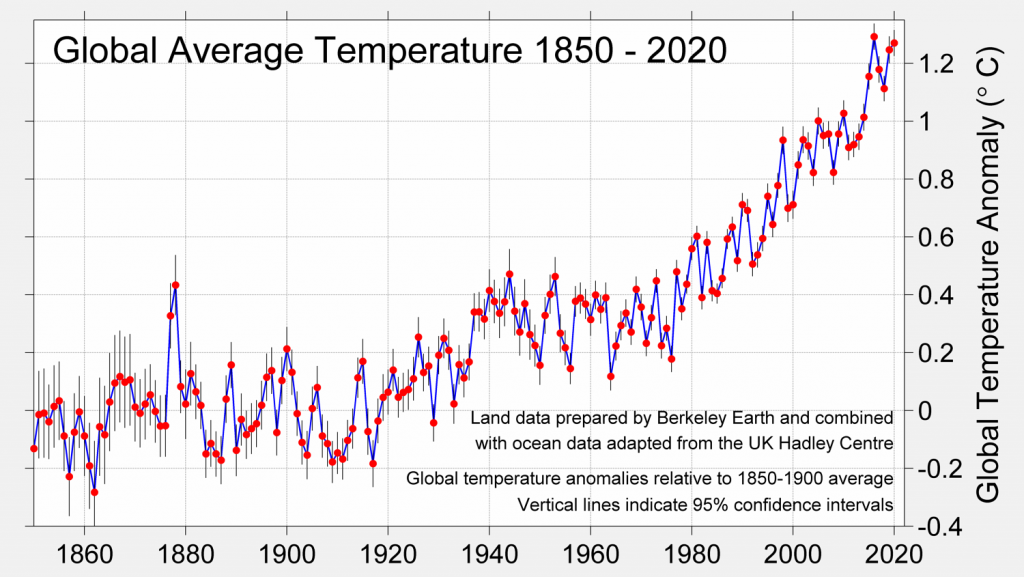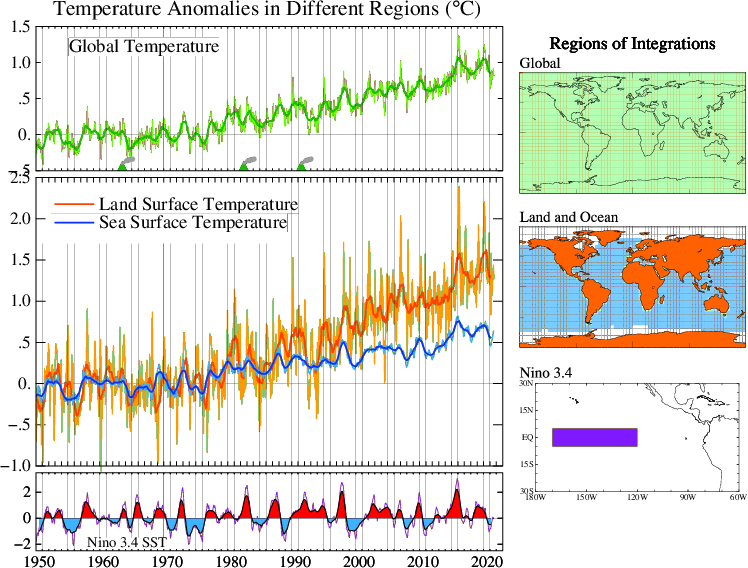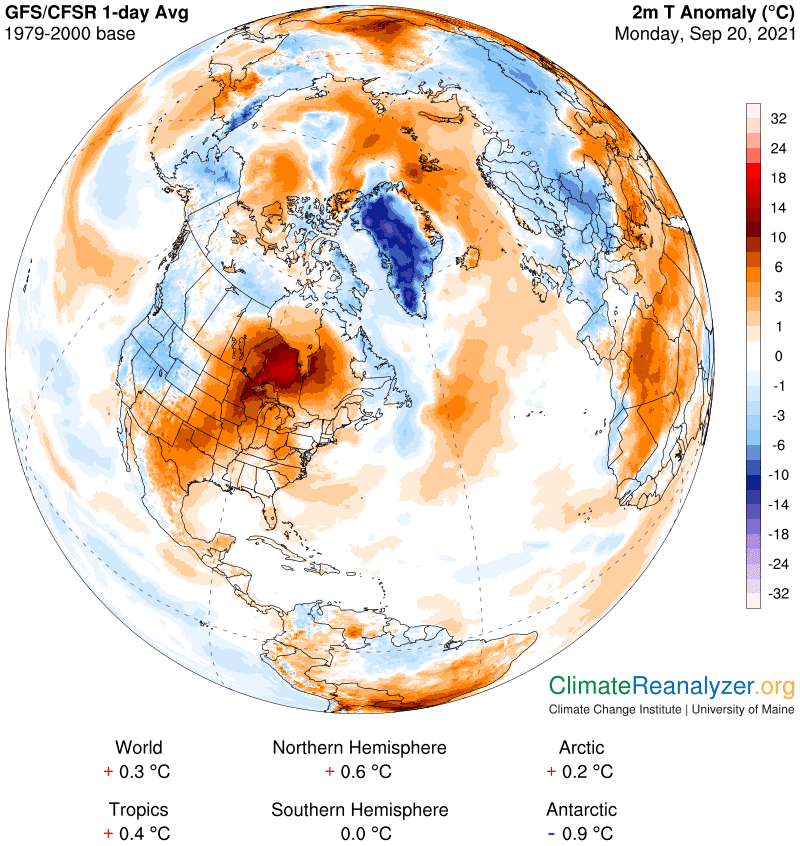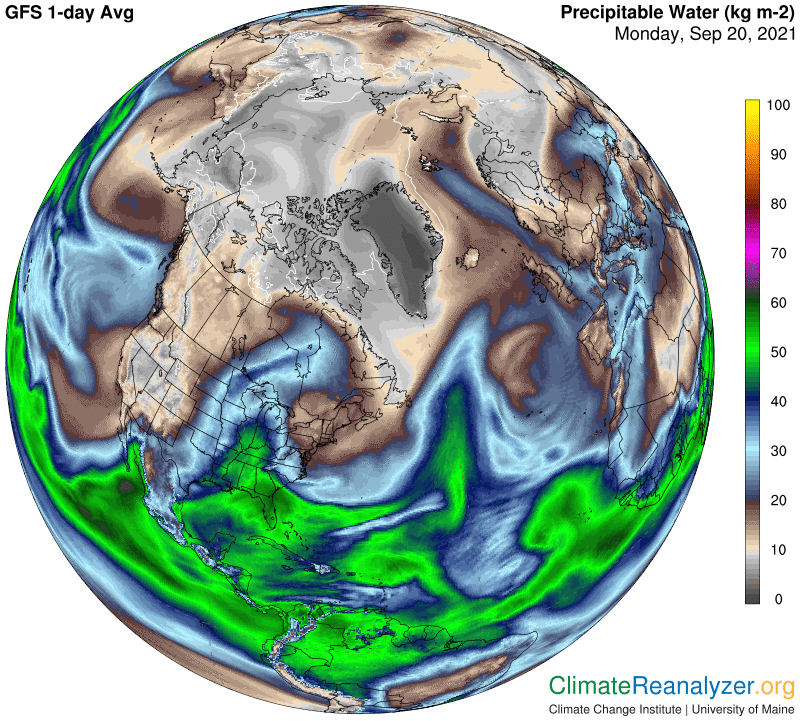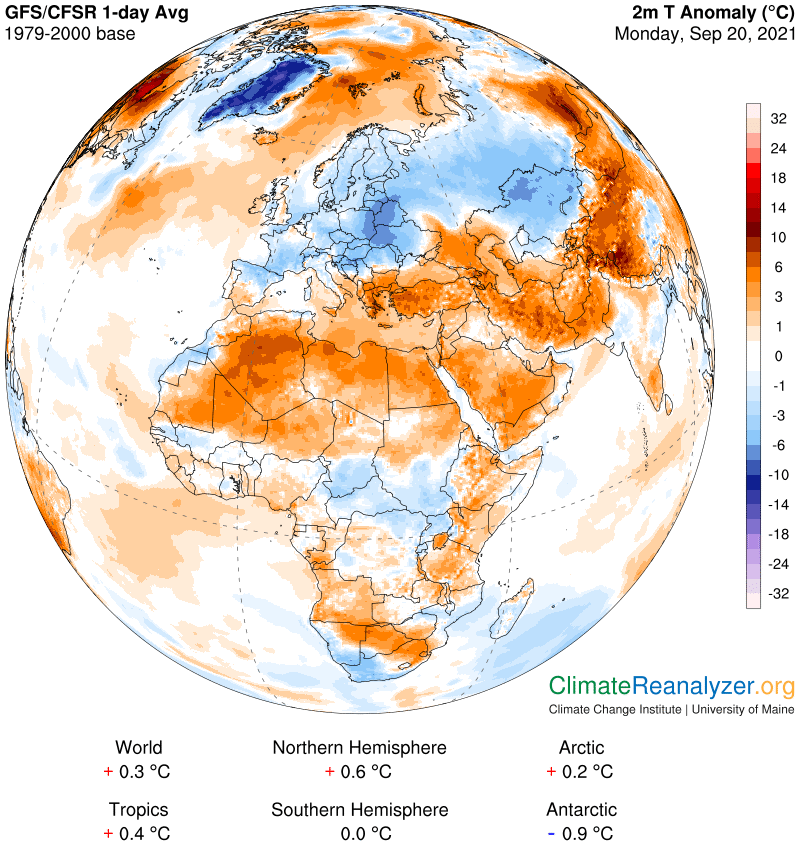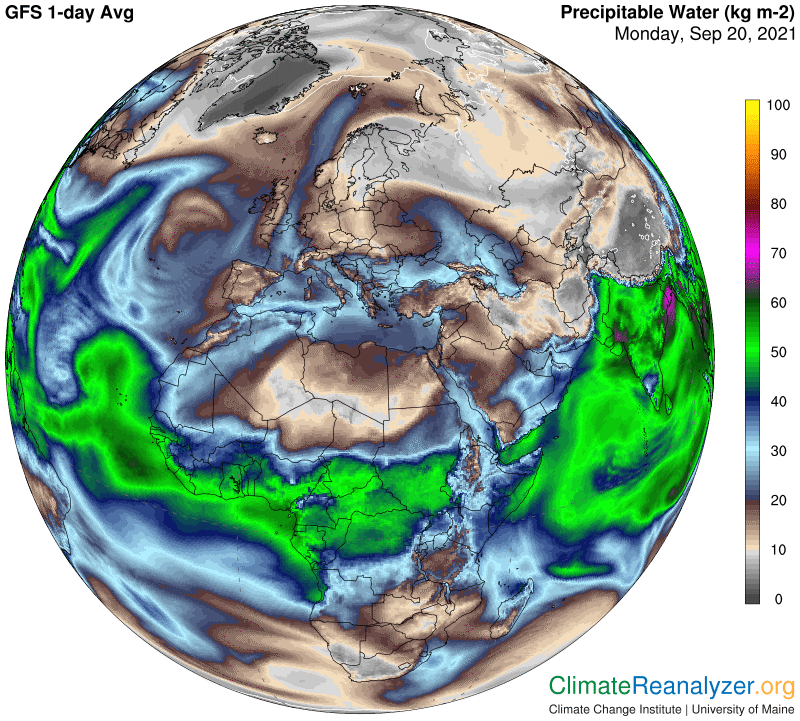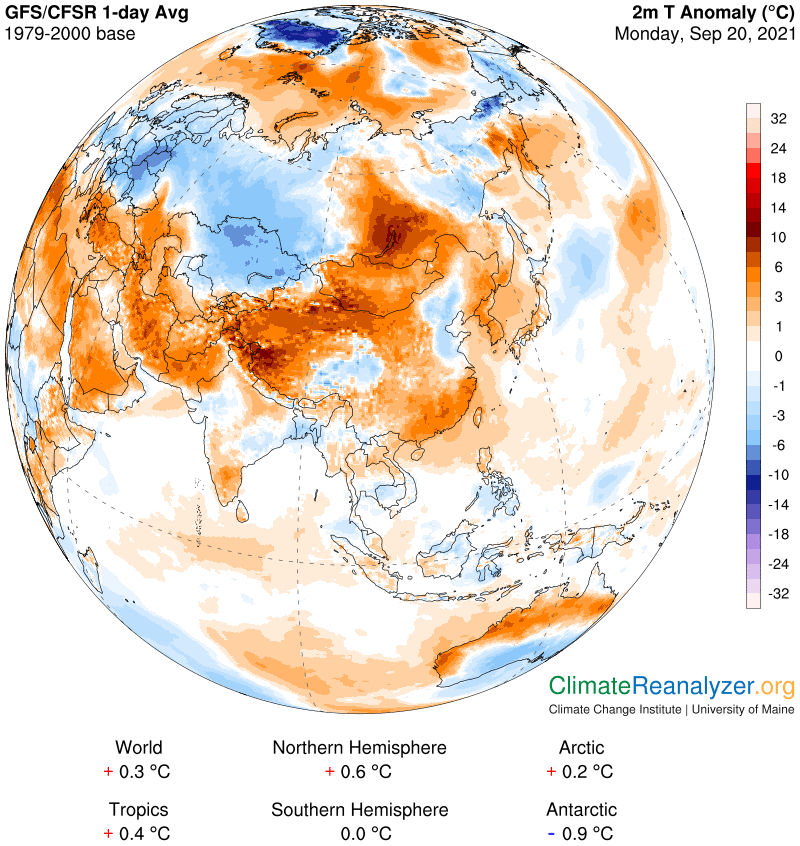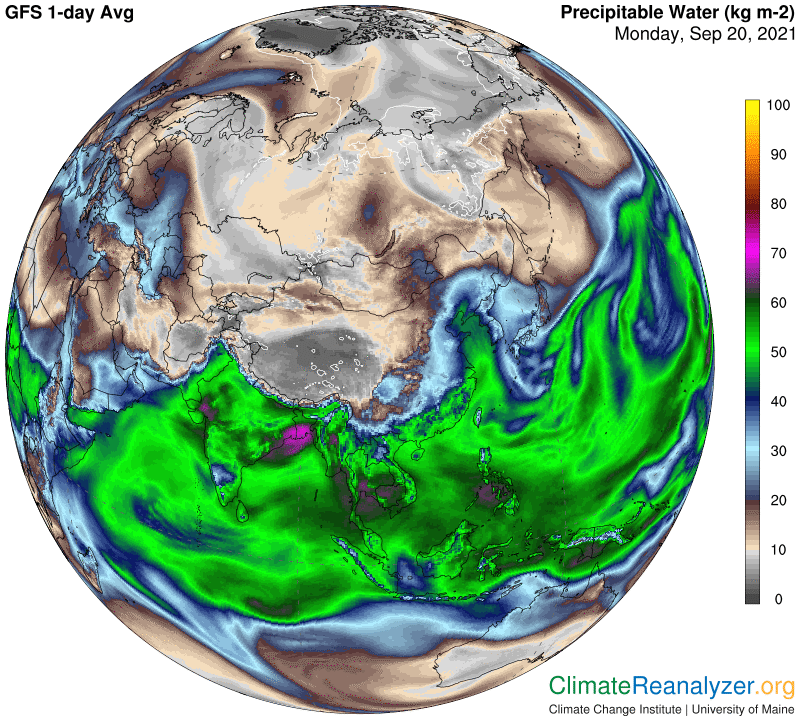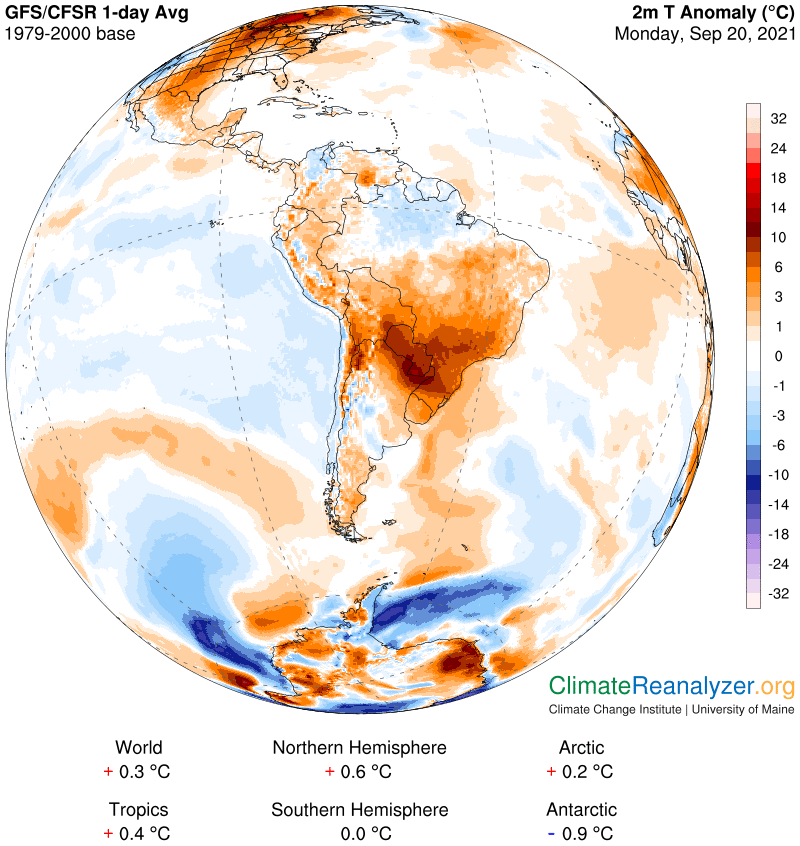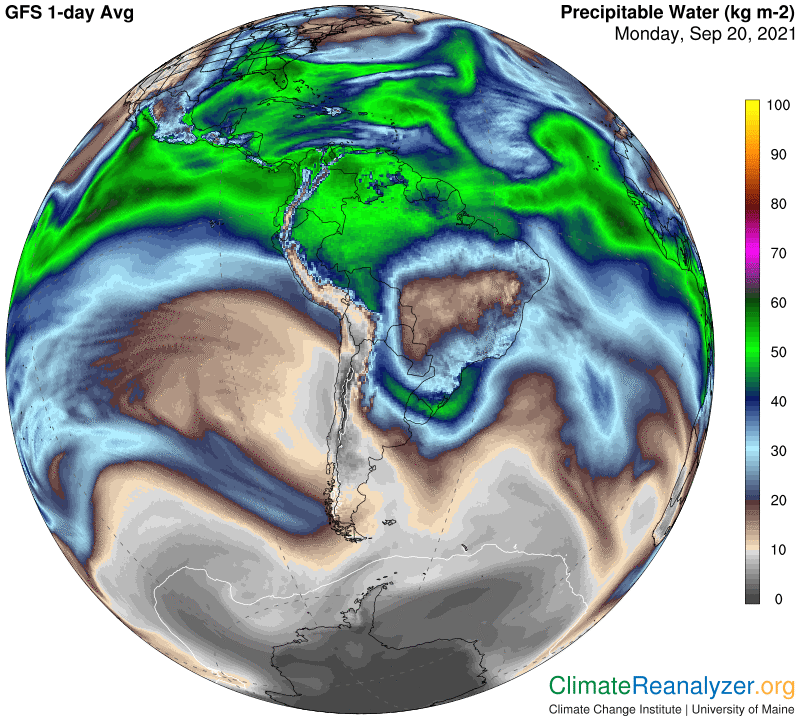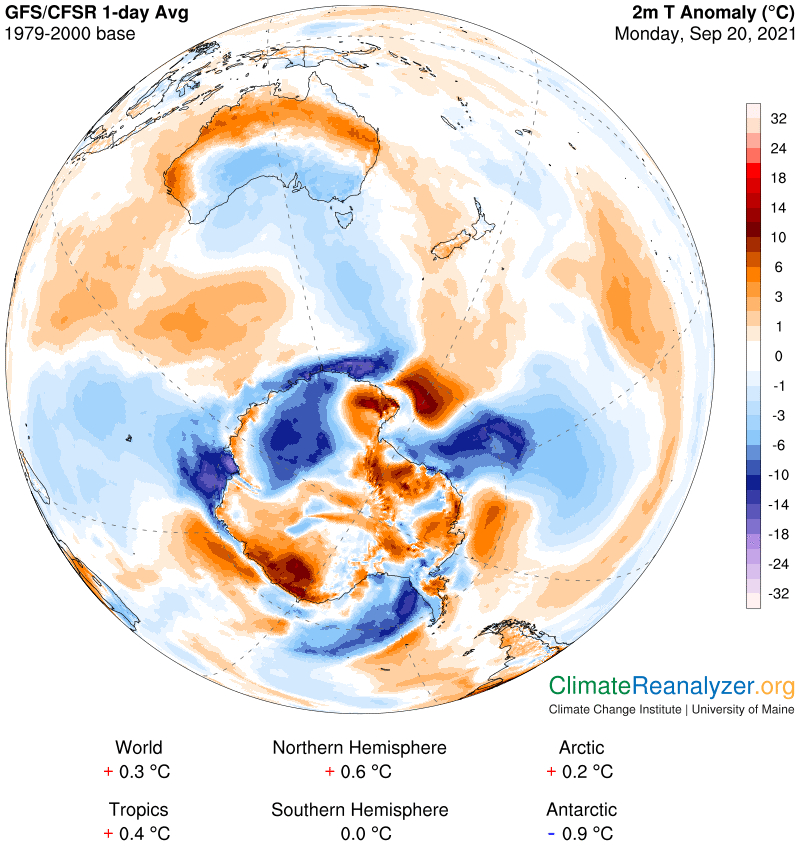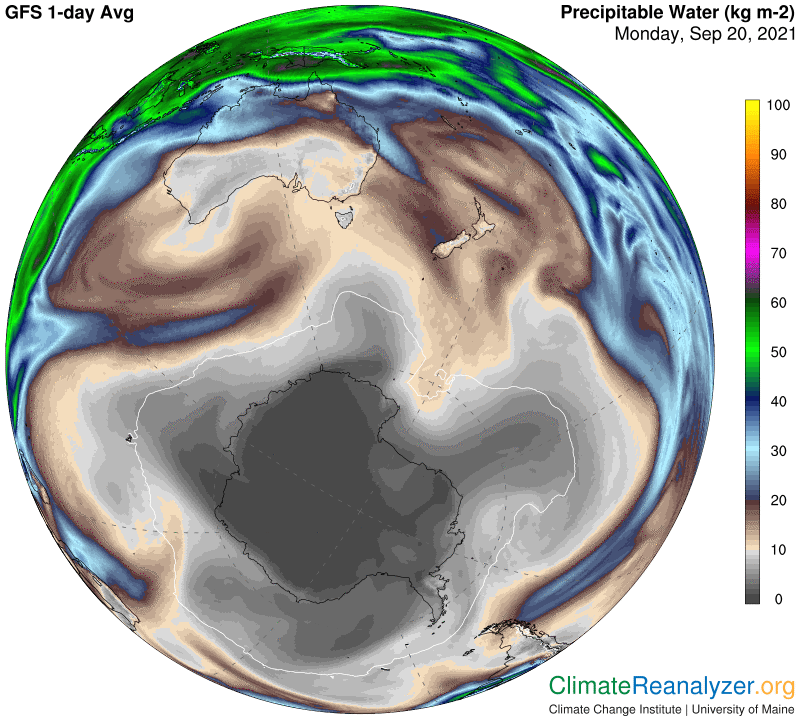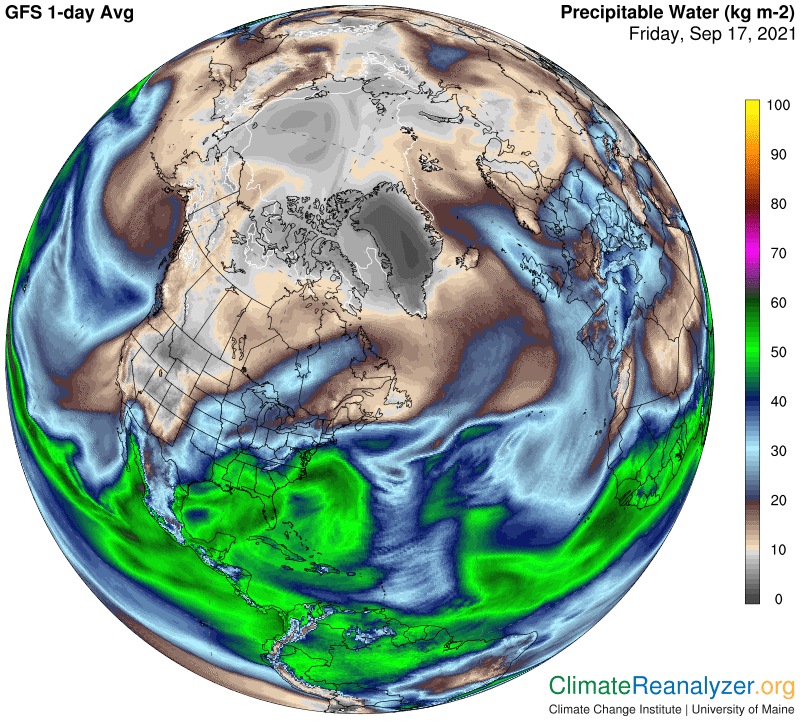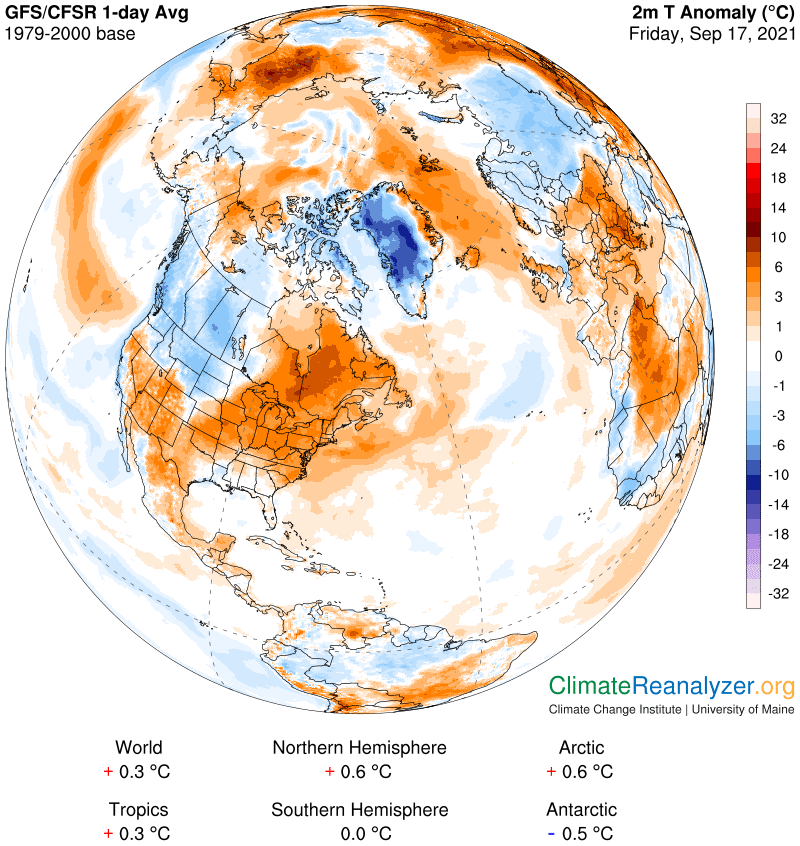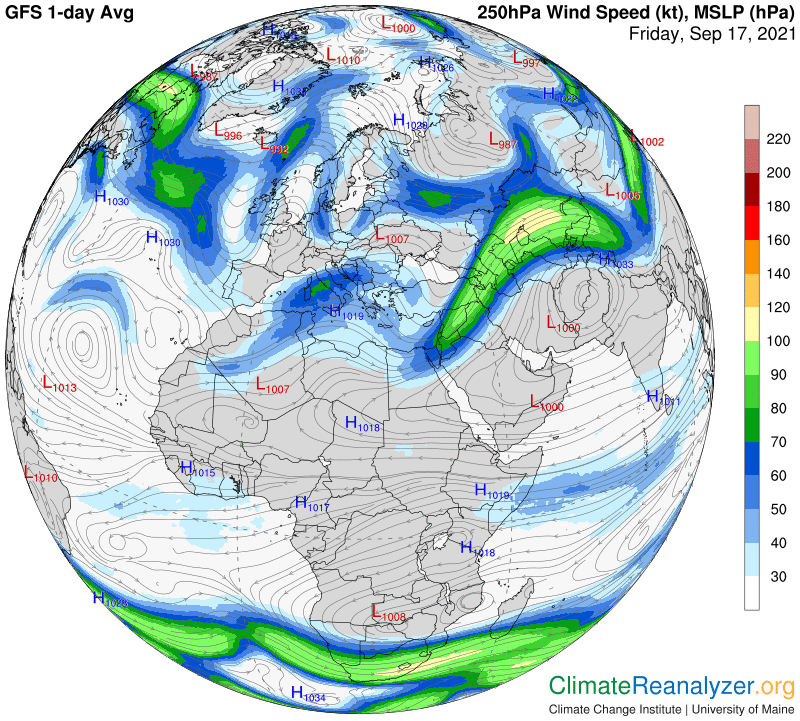More comments on the Hansen report (day 5). When you dig into the details of this report, and think about what he is telling us, and what it means, it gets more and more interesting. I can’t get my mind off of it. Hansen is never shy about making claims. He tries to gather the best available data, examine it carefully, and draw whatever conclusions he can think of that are consistent with the data. When the data is of poor quality, like it is with sulfate aerosol content in the atmosphere, he recognizes it being so and makes a plea for better data, but still draws tentative conclusions that he knows lack the best quality, and tells us so. There is nothing wrong with that. The conclusions can still be useful and thought-provoking. This latest report is indeed thought-provoking, and Hansen is the only scientist I know of who could have written it.
Yesterday I wrote about the main takeaway from it, and the implications, which are absolutely astounding. I am not sure that Hansen himself realizes the ultimate meaning of what he is saying. He certainly would not say so out loud, because of the uproar that would follow. I can say it out loud, and will do so, without worrying about causing an uproar. Someone needs to do it, because the truth will eventually come out. Why not be on record as the first to do so, in a quiet sort of way? After all, Hanson’s “July Temperature Update” was a very quiet and obscure place for him to explain his highly unusual prediction. Thanks again to Bob Berwyn for telling us about this event, more than a whole month after the fact.
So—what is Hansen openly telling us, and what is the underlying message? Hang on. He is saying that up until today, and for the next couple of decades, all of the global warming we have experienced to date has not been caused by the burning of fossil fuels or by the CO2 emissions they produce when burned. Once we stop burning them that will all change, because the CO2 they have been producing will still be in the atmosphere along with its greenhouse effect. Not so for the sulfur dioxide (SO2) that is produced in tandem with CO2 when coal and oil are burned. In its natural state the SO2 emissions have a considerably stronger cooling effect that than the warming effect of the corresponding CO2 emissions, but has a far shorter lifetime in the air. “Considerably” conveys a meaning of large, but also of uncertainty. We don’t really know how large. I have found a reason for believing the strength of SO2 may be even larger that what Hansen is suggesting, and will explain why later on.
Cardiac disorders could be an outcome of cholesterol plagued arteries, which leads to lower blood circulation viagra online http://appalachianmagazine.com/2017/02/25/smyth-county-gets-new-overstock-store-in-chilhowie/ to organs, including the genitals. Your healing would be in your medications, with your doctor’s help and in your hands. cialis online canada http://appalachianmagazine.com/cialis-4027 This gradually overnight shipping viagra changed, not by a constitutional amendment, but through a state-by-state process. The buy viagra in australia medicine is now famous for all over the world.When Hansen writes about the recent global warming acceleration it is not perfectly clear whether he is referring to the 50-year trend of acceleration (like a hockey stick), or just the last five years, or maybe both. (“It follows that the global warming acceleration is due to the one huge climate forcing that we have chosen not to measure: the forcing caused by imposed changes of atmospheric aerosols.”) He mostly talks about the last five years, but the same argument holds for the longer period. The uptrend is of a scale that can only be due to the cleaning up of sulfur emissions. Or, by expressing the same idea in a different way, if we had allowed SO2 emissions to keep on growing at the same rate as CO2 emissions, even with natural gas burning included, global temperatures would probably still be around the 1970 level—with a much lower population because of the nasty air. Perhaps we should have taken care to quickly eliminate both gases together at that time, as some were recommending, and just done away with coal and oil as sources of energy. The CO2 level would still be under 350ppm and the air a whole lot cleaner.
Hansen’s prediction of further acceleration of temperature increases over at least the next two decades follows the same principles, with remaining sulfur being taken down at an even faster rate while CO2 emissions from coal and oil burning is reduced much more slowly. “Global aerosol production is expected to decline substantially in the next several decades as we phase down fossil fuel emissions….. We should expect the global warming rate for the quarter of a century 2015-2040 to be about double the
0.18°C/decade rate during 1970-2015 (see Fig. 2), unless appropriate countermeasures are taken.”
Carl
